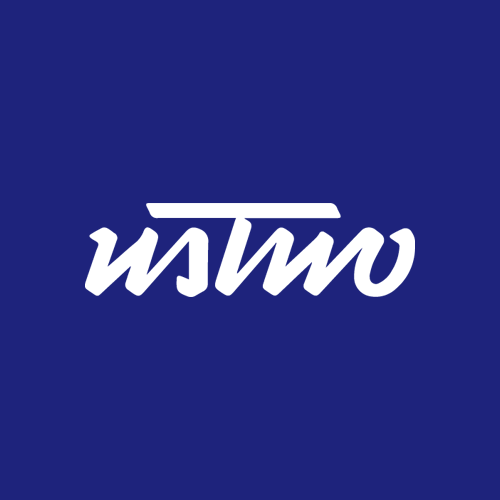At ustwo New York, we do a lot of work with a lot of different types of clients. And being in the business of client services, prospective clients will often ask us: “So, why do I need a Project Manager?” This question may be familiar to you as well, as you may have asked it yourself or spent time pondering the answer. The project management discipline can be incredibly broad and starkly different across industries, so it’s certainly a valid question to ask. As you can imagine, a project manager looking after the construction of a new high-rise building is going to need a different set of skills and tools than one looking after an iterative software design and development process. Other factors like company size, location, length of project and number of stakeholders can also impact a project manager’s roles and responsibilities.
We’ve all worked with “that PM,” you know, the one who seems to live and breathe for checking tasks off a list and badgering you about your deadlines. It’s safe to say that the term “project manager” elicits a different idea in everyone’s mind about the duties and value the role offers, and often, the idea that comes to mind isn’t the most pleasant or productive. This is sometimes confused further by the addition of Product Managers as the roles and responsibilities between Project Managers and Product Managers (often both called “PM’s”) can become blurred as well, based on the aforementioned factors.
To shed light on some of this murkiness, we wanted to share more about what project managers at ustwo New York are responsible for and what their day-to-day looks like.
A Day In The Life: PM'ing In New York City
In short, the PMs at ustwo New York are able to comfortably wear different hats, depending on the project at hand. That could mean a team coach optimizing team dynamics, or a strategist balancing client requirements with the creative integrity of the product, a financial genius finding creative ways to stretch budgets and still push the envelope, a mentor bringing experience and perspective to remove roadblocks and find solutions, a sounding board to guide the overall vision of the project and keep on track, or sometimes a jack of all trades filling the gaps when it’s crunch time.
Sometimes we will be more hands-on, and sometimes, we can see that it’s better to let the team take on key decisions. Thus, we employ a lighter touch and a more lean-back approach. Ultimately, we’re here to create the best team and outcome possible.
It’s a job that requires flexibility and we often find ourselves redefining the roles and responsibilities slightly, but at a high level, it can be split across three core areas of expertise:
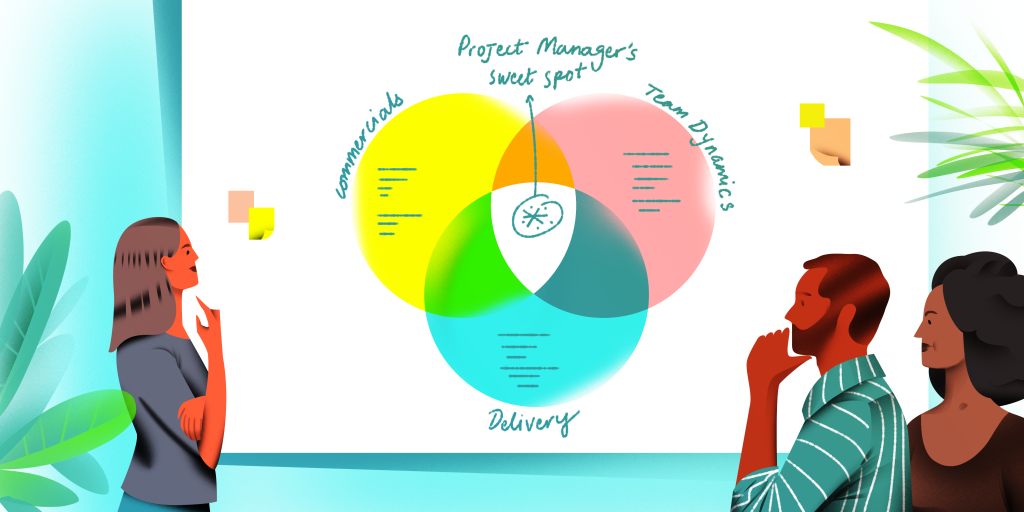
Being a client-services driven organization, the management of scopes, budgets, client relationships and communication is a key factor of the PM role at ustwo New York. We are responsible for keeping projects on budget, and we do this through close financial tracking and reporting, communication and awareness. We also manage the setup and ongoing maintenance of the project from an administrative perspective, meaning we are responsible for the review of time billed against a project, invoicing, contracts and resource allocation. Throughout a project, we are also in charge of scope management and monitoring, to ensure that we are delivering work that is in line with everyone’s expectations.
From a client services perspective, we are typically known as the point of contact for our clients. While all of our teams have direct communication with the client, we serve as a trusted go-to for our clients when questions arise or favors are needed. We keep teams and clients informed, so that surprises are minimal and expectations are set.
When you develop the right teams, genius happens.
Team Dynamics
Our teams are the ones working together every day to produce the products that we put out in the world. But a group of people who are put together on a project don’t just become a great team overnight. Great teams are built, developed, and coached until they are a group of honest, collaborative, considerate, self-aware members that all feel invested in an end goal. Often, the best teams are built from an unconventional group of people coming together, overcoming their differences and working alongside one another to solve a problem and deliver a solution. A study from McKinsey further proves this theory through their own research, stating that, "Between 2008 and 2010, companies with more diverse top teams were also top financial performers. That’s probably no coincidence."
So, another part of our job at ustwo is to look after our teams and help develop them into high-performing, self-organizing groups. We employ a number of techniques to achieve this - everything from running regular retrospectives to planning in-depth kickoffs and project check-ins to organizing team building activities.
Because we are able to look at the team and the circumstances more holistically than other team members who may be heads-down in their work every day, we can often spot behavioral patterns, areas for improvement or process refinements.
This area is the least tangible and hard to quantify, which is part of the reason that the PM role can be hard to describe at times. There’s a lot of intrinsic value to the things we do every day, but that’s not always immediately realized or even externally visible.
Product Delivery: Not Simply When, But How
The PM is responsible for the implementation of project processes as well as the continuous improvement of these processes. We believe that our value is not just on the products we deliver for our clients, but how we deliver products for our clients.
While some of our clients are familiar with agile principles (e.g. iterative development) and agile tools and practices (e.g. scrum, kanban, story mapping) in theory, our responsibility as the PM is to explain and justify the use of specific practices for the project at hand.
We make a point of educating our clients who aren’t familiar with agile principles or those who want to understand them better so that they can continue to work in this way long after our engagement has ended.
All of that being said, we recognize that with such a diverse range of clients, some of them simply aren’t set up to work this way. In these instances, we work with our clients to understand what is preventing them from working this way and, together, develop project processes that will ensure the project is delivered successfully.
So, now that we’ve explained what a PM at ustwo does, let’s show you what that means in practice!
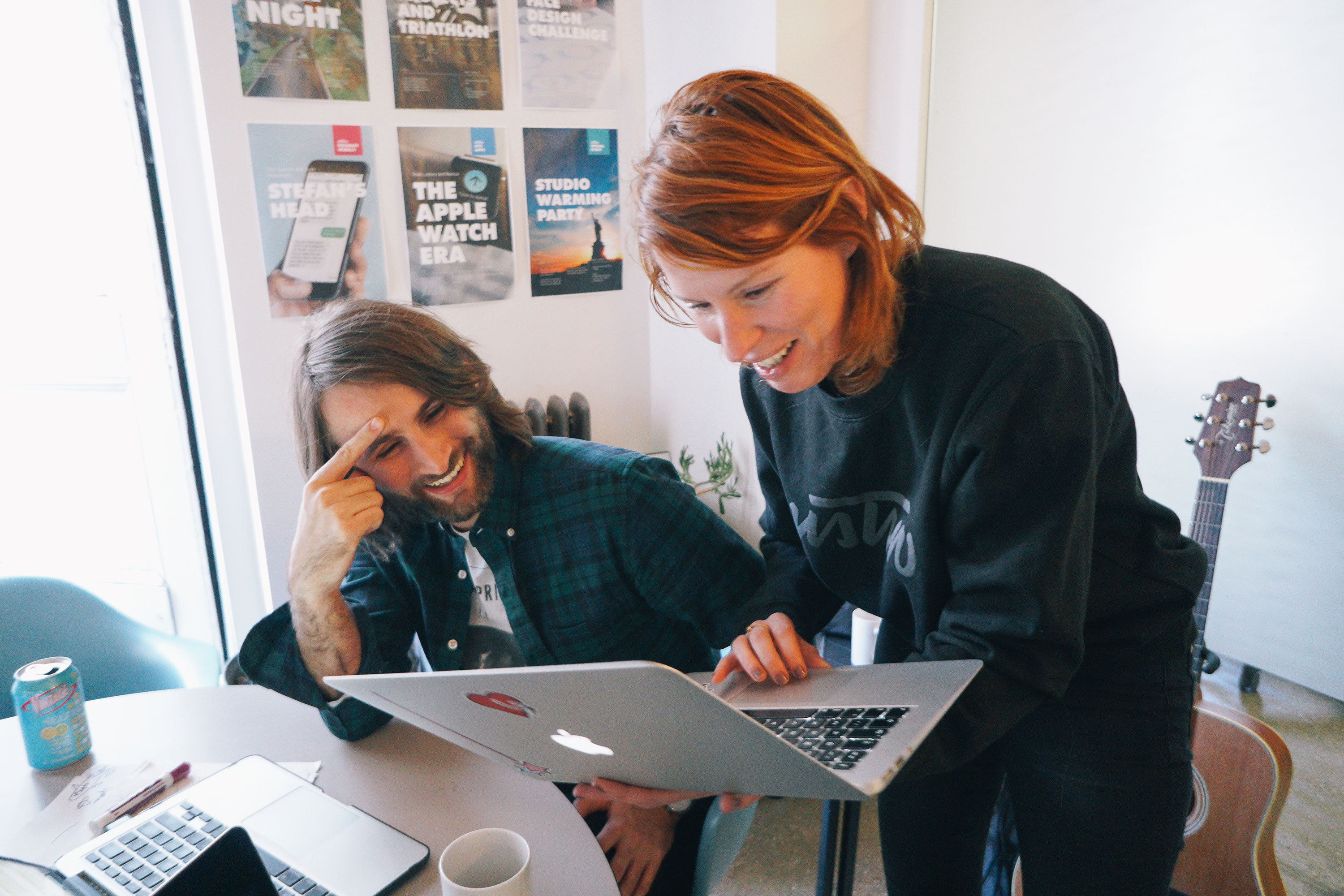
Ranu: Small Engagement Project Manager
Sometimes, a PM will be working on a project, part-time. On smaller engagements, the team doesn’t always need a fully dedicated PM, but rather, someone to check in, keep the team on the rails and step up during critical project milestones. Often, these PM’s will find that they have some time to dedicate to other studio initiatives and needs when they’re not looking after their team. In that case, there's plenty other things to keep us busy. Here’s what a day in the life of a PM at ustwo New York looks like when there’s a smaller engagement to consider, but also some downtime.
9:30 am: Get into the office and stop by the kitchen for a coffee and some breakfast.. I’ll chit chat here with co-workers before heading to my daily team stand-up at 10 am. The team is only made up of 4 people, and we all share our updates from the day before and what our plan is for today. I find out what blockers exist or what my team needs from me, but since they are in focused design mode, there aren’t too many follow-ups for me except a quick email update to our client.
10:30 am: Review calendar for the day, and catch up on small tasks that may have come in overnight or that I didn’t get to yesterday. This could be doing my timesheet, setting up a new project for a pitch that just came in and reviewing the resume of someone I’m scheduled to interview later in the day.
11 am: Ready to jump into some work after organizing my day, and get started by making changes to a proposal deck. Yesterday, I created the project timeline, milestones, deliverables and team structure for a new business proposal we’re working on, which I shared with the rest of the pitch team, made up of a designer, developer and business lead. They added comments and thoughts overnight so I set off to make adjustments based on their feedback. I re-order some slides, add in additional details to the first phase of the project and add bios for each team member.
12 pm: Check out #nyc-lunch on Slack to see where folks are headed. Looks like it’s a Kome Waza poke day for me. We finally have poke in FiDi and I AM SO HAPPY. Walk over with a few co-workers, get a poke bowl and bring it back to the studio. A bunch of sit in the Kitchen and chat over lunch.
1 pm: Grab a post-lunch cup of tea and head to our weekly PM meeting. This is an opportunity for us all to come together to discuss how we’re feeling and how our projects are going. Often, we’ll bring a challenge we’re facing to the group and solicit advice. Other times, we go through more studio specific issues and try to solve them, or review things like our quarterly company engagement results. Today, there’s no specific agenda so we do our “check in” on how we’re feeling, and then dive into project updates. One of my fellow PMs is dealing with a tricky client situation where there’s no product leadership or ownership, so we talk about ways he might mitigate that going forward.
2 pm: Interview time, so I meet with a potential Business Lead candidate with some other members from the studio. I always enjoy hearing the questions candidates ask, and we get into some good conversation around the differentiated business model at ustwo. After the interview, we meet as a team to decide if the person should go on to the next round. In this case, I feel good about the interview, but feel like we need to dive in further around their ways of working. I bump them to the next round, share my rationale and leave it up to the hiring team to take it forward.
3 pm: Back at my desk, armed with more green tea and some dried mango (our office snacks are on point). I shoot over a quick update to our client about the team’s goals for the week and what we’re waiting on from them, as well as how we’re tracking on our timeline. Next, I turn on my Discover Weekly playlist and start reading some articles I had bookmarked last week that I didn’t get to, including this one about learning vs. shipping and this one about how to have better one-on-ones with co-workers.
3:30 pm: Head to Crosby (our meeting rooms are named after NYC streets) to meet with a fellow PM, who I’m helping run a retrospective for later in the week. We talk about where the team is in the project, what the focus of the retrospective should be and some activities that I could facilitate. My follow-up is to share a purpose and agenda with the retrospective attendees tomorrow so they feel prepared going into the meeting. I add it to my to-do list.
4 pm: Sit down with one of business leads to talk through the biz dev / PM process and how we can refine it. Things move fast sometimes and our communication and process can break down so we’re taking a look at things now that the teams are bigger to see if there are some improvements we can make. We map out the current process, identify the areas where things are falling through the cracks, and propose refinements. This extends to how we resource our pitch teams, how we manage admin tasks for pitches and roles and responsibilities between business leads and PMs on a pitch. We agree on some refinements and they take the lead on writing it up and bringing it up in our next Ops meeting.
5 pm: I respond to some emails that I didn’t get to earlier and fill out my timesheet. I add comments in our candidate tracking system for the Business Lead interview from earlier, echoing my sentiments that I shared verbally with the group. I jot down some additional to-do’s for tomorrow for myself and follow up with our finance manager on some outstanding invoices from my past project. I also remind my team to catch up on time sheets (the one job I will never escape from as a PM, it seems).
6 pm: Out for the day! Yoga next, for some wind down and quiet.
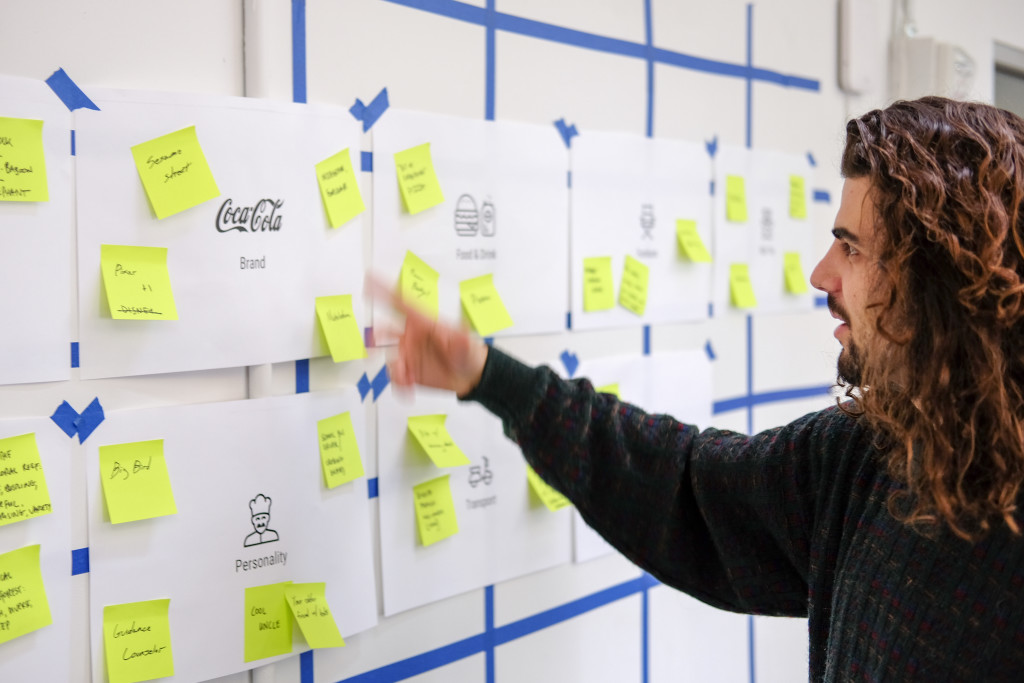
Josh: Long Engagement Project Manager
Some of our projects last a few weeks at ustwo. Some last a few years. And there are many in-between. Working with a team for a longer period of time (many months, or even years) requires a slightly different approach and pace than a project that occurs over a few months. Things like a team’s motivation and focus or the need to rotate team members in and out can come into play. Here’s what a day in the life of PM looks like at ustwo New York when the project lasts a bit longer.
9 am: I come to work with a coffee in hand, and check the full team’s schedule with an eye towards identifying the required meetings for the day. We try to schedule meetings at the beginning or end of the day to optimize for longer blocks of undisturbed work, but since that can’t always be the case, getting out in front of our days helps us organize our work in the best way possible. Next up I review what I and the team got done yesterday and compare that against where I expected to be while looking at what’s coming up on the horizon. This helps set me up for our daily stand-up. Finally, I review what we need to convey to the client for the day and take notes for later.
9:45 am: Stand up starts promptly and most team members are on time at this stage of the project. We keep it to 15 minutes for the whole team by focusing on what we’ve completed, what’s coming up for the day and what support we need from one another. Anything that turns into a longer conversation we save for after we’ve get through standup. In the earlier days of the project, we used Trello when we were focused on concepting work, but now we’ve moved into JIRA since it’s a more robust tool and has the functionality we need for product delivery.
10 am: Today is actually the beginning of a sprint, so our standup structure is a bit different to account for a check in on our project metrics that we developed at the beginning of the project. Going around one at a time, asking ourselves things like “Are we doing meaningful work?” or “What is the client’s level of anxiety? How about the team’s level? Are we on track to achieve our mission?” This practice helps us gauge how we’re all feeling and provides a light touch way to proactively adapt how we’re working and identify any pressing issues to tackle. We also check in on our statement, set by the team, that is relevant to the phase of the project we’re in, that provides clarity and motivation to the team. Missions and metrics are revisited at various project points to ensure relevance.
10:30 am: It’s time for our bi-weekly retrospective which lasts 1 hour and whose format changes depending on the team’s needs. This time we spend the upfront portion identifying topics to cover, prioritize them, and start at the top. Time-boxing each topic to 5 minutes, we discuss the topic (for example, internal communication) as a group and vote on whether to continue to discuss after the 5 minutes are up. We get into challenges, successes and where we want to improve. By design we won’t get to everything which puts weight on the prioritization up front, but we always have actionable tasks to take forward into the next sprint.
11:30 am: Next up, sprint planning. We take a quick break (never underestimate the power and necessity of breaks!), then jump in after our retrospective. Since we do pre-planning at the end of our sprints for the upcoming week, these sessions rarely last more than an hour. We move work from our backlog into our sprint, based on priority and definition of requirements. As a team, we talk through any details to further clarify the user stories and related success criteria that weren’t covered during pre-planning to align on what we’re committing to for the upcoming sprint. This sets our plan for the week and lets us hit the ground running after lunch on Mondays.
12:30 pm: After a meeting heavy morning, it’s time for lunch. There’s a great food cart near our studio called GoGo Grill, so I head there with a colleague and grab a kale salad with falafel to bring back to the kitchen. I sit with some guys from the team working with Google and chat with them a bit about their projects and what they’re working on.
1:30 pm: After lunch, I grab some cold brew and start writing up my daily client update with a briefing on what the team is working on in Slack. Having our clients on Slack with us has been really helpful in streamlining communication and allowing us to push past small blockers quickly.
2:30 pm: Since I get into the office somewhat early, I like to take a mid-afternoon break and go for a swim at the nearby gym where we have an employee discounted rate. It’s a great energy booster for the day and gets me away from the computer screen for a bit.
3:30 pm: Back at my desk, and spend a bit of time updating my internal financial tracker with everyone’s hours, travel expenses, non-billable expenses, etc. This is something that project managers at ustwo track and look after, but it’s also something that I’ve been sharing and reviewing with the team regularly so they have visibility into our project budget and how we’re tracking. It has also definitely helped them understand the importance of doing their time sheets (which means less nagging for me).
4:30 pm: I call my lead client for my weekly one-on-one check-in. It’s meant to be a 15 minute informal chat where we talk about progress and what each team is doing on their side. Also, it’s a good time to check in on how they’re feeling and what they need help with. I use this time as an opportunity to prime the client for upcoming work so they can make necessary preparations on their end. We talk about some upcoming technical decisions that will need to be made and I answer some questions about the team’s process for tackling navigation within the application.
5 pm: Last task of the day is inputting feedback on a client facing sprint overview document that a designer has written, which details what we agreed to in sprint planning. This includes demo goals, sprint goals, user stories that will be tackled in the sprint, assumptions, questions, and non-production needs, for the client. I’m the last one to take a look, so once my review is done, I pass it over to our client team for their thoughts and input.
5:30pm: Out for the day. I make sure my team doesn’t need anything pressing from me before I head out and then it’s off to band practice.
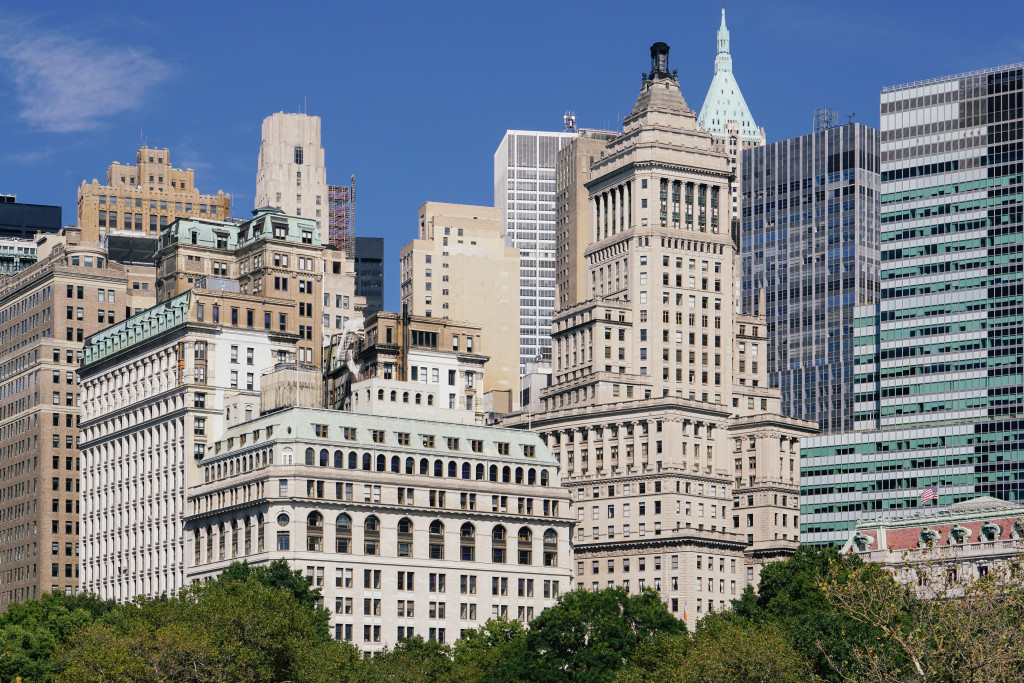
All In A Day's Work
Ultimately, we know that Project Management at ustwo New York is an evolving role and will continue to evolve with the organization, as it adapts to fill the needs of the business at various stages. We will need to continue to flex our different skills and build a diverse group of Project Managers who can add value in their own ways. We also recognize that the best Project Managers don’t fit a cookie cutter mold, but rather, bring together a myriad of perspectives and skills that they can share with the group and organization. And certainly, we can agree that we provide value beyond the administrative tasks that we often take on, often in an implicit way, to our teams and organizations to help set them up for success.
